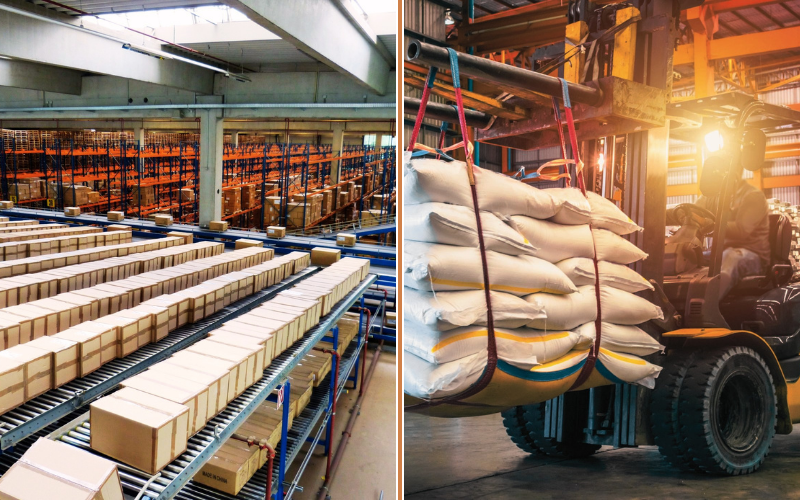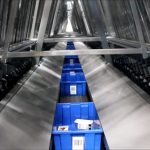Effective material handling is one of the cornerstones of successful manufacturing and distribution business. Companies of any scale and type must concentrate on keeping the costs under control since they are operating in the market with a very small margin. For this, they often spend immense time and efforts on operational productivity improvement and supply chain advancements. However, one aspect that is frequently missed is material handling that can have a profound impact on overall business productivity and profitability.
Manufacturers and distributors often forget material handling when it comes to process design, facility layout and budget allocation. Perhaps, mainly because of the fact that many people have little knowledge about the complexity of material handling and its influence on operating margins.
Material handling is not just moving the stuff around. It can add a lot of value to your business success. The right warehousing processes and material handling equipment, both semi-automated and automated support your supply chain. The right material handling processes help enhance warehouse and logistics efficiency. Moreover, seamless material handling is necessary for reduced inventory, decreased cost, shortened delivery times, and improved customer services.
Good material handling offers a lot of value to your business processes. So, if you do not want to add cost and reduce throughput, then you should use the following 10-step approach to develop and use effective material handling processes.
Appropriate planning:
Plan everything before you start anything. Set achievable goals. Use a collaborative team approach to design and implement a material handling system, all while considering the primary objectives of your organization.
Maintain consistency:
Standardize your material handling equipment and be consistent with your choice and use of storage tools and equipment – everything from bins, racks, shelves and equipment used for the transportation of the materials. In addition, ensure consistency in your material handling processes to minimize errors.
No excessive movements:
Simplify everything to reduce as much movement of materials as you can. In lean manufacturing, excessive movements are one of the wastes that should be eliminated to reduce costs and increase throughput. To do this, you can directly move finished goods to the shipping dock instead of storing and moving from the warehouse.
Organized space:
Avoid working around the clutter. Build an organized space that should be large and airy enough that your workers can move and work easily. In lean manufacturing, most of the 5S principles are related to clean and well-organized workspace. So, effectively use warehousing space for hassle-free and safe material handling.
Safety standards:
Consider ergonomics while designing your material handling processes so as to eliminate repetitive motion. In addition, it will also help you adhere to the warehousing and material handling safety standards. Reduce manual labor to mitigate safety risks using material handling technology.
Load units:
Classify raw and finished goods in separate, discrete units. Wherever possible, unitize and move full pallets for optimal container shipping. Use pallet wide containers to reduce effort and improve efficiency.
Systematic Coordination:
Systemize your material handling processes across the entire organization. Ensure quick coordination between concerned departments. To do this, do not forget to consider all material movements and warehousing layout as you plan and progress.
Recycle to reuse:
Go green by recycling and reusing material handling tools, accessories and equipment. Reduce the environmental impact of your organization’s material handling. Reusable packing, recycling of your packing materials, and using returnable containers can all contribute to making your material handling operation much more effective and eco-friendly.
Automation:
Ensure automated material handling wherever possible. For instance, automated picking and investing in automated conveyor systems to boost efficiency, responsiveness and consistency in material handling process, while increasing accuracy and reducing cost.
Costs Analysis:
The bottomline of every single business is increased sales and improved profit margins. So, invest in material handling equipment/system and evaluate their lifecycle costs. Do not consider initial capital layout, but also account for the cost of the material handling system, its installation, training, maintenance and repair, etc.
Wrap up:
Manufacturers and distributors usually operate with slim margins. They keep in search of every possible solution to reduce costs and increase productivity. Looking at the right contribution that the processes and material handling solutions can make to the bottom line, you will be convinced that automation is essential to your operational infrastructure. MWI Solutions got your back by helping you improve your material handling processes through automated software solutions.


